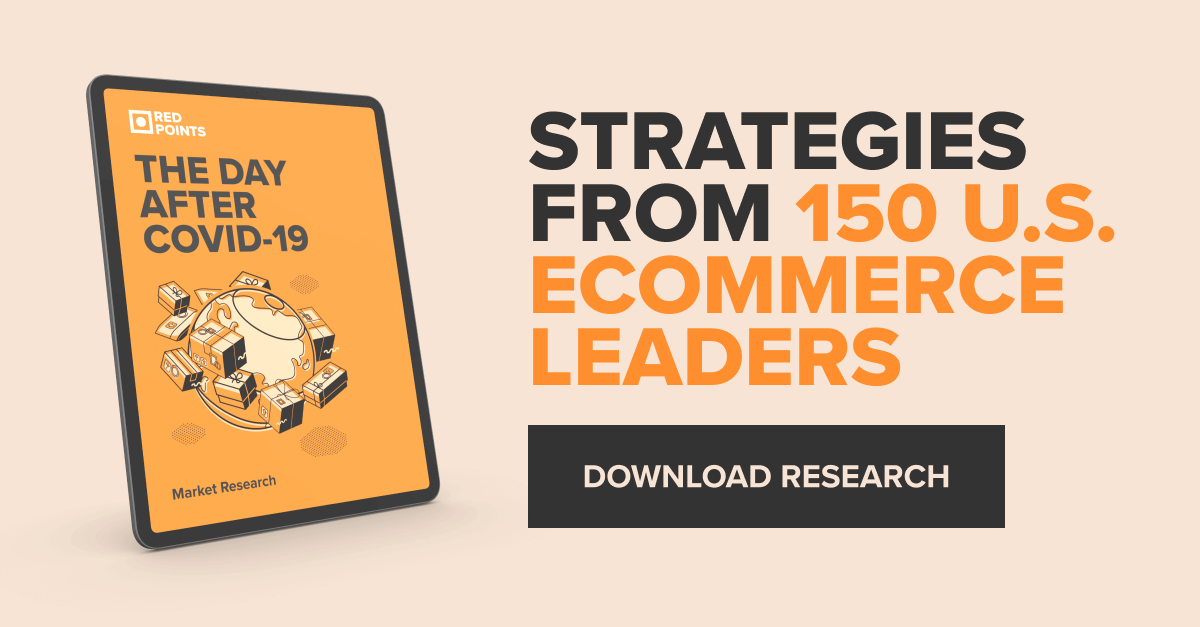Since the beginning of the year, many companies and industries around the world have had to adapt their business strategy to the new normal and changes in consumer behavior. However, according to McKinsey, there are signs that the beauty industry may be one of the sectors that remains relatively resilient to the crisis. In China, a research report by McKinsey has found that online revenue for beauty-industry players rose 20 to 30% during the outbreak.
As we know, COVID-19 has triggered a digital explosion across many sectors, but is the cosmetics industry ready for this change and if so, what steps can brands take to come out of the crisis even stronger?
Summary
- The impact of COVID-19 on the cosmetics industry
- Actions, leading beauty tech brand, FOREO is taking in light of the crisis to better connect with its customers
- New ways to position cosmetics products online
- How does the future of IP look like post-COVID-19
While some brands are offering discounts on their products to attract customers, beauty tech giant, FOREO, is adopting new creative ways to adapt to the new normal and connect with its customers.
“Since COVID, we’ve really doubled down on digital marketing, digital PR, working with influencers, and overall trying to be even more creative. Instead of sending out traditional press releases, we are now focusing on pitching over social media.”
Evan Feldstein, Vice General Manager & General Counsel at FOREO
The impact of COVID-19 on the cosmetics industry
With the spike in ecommerce, the cosmetics industry, among many others, had to adapt quickly to change. The new global lockdown measures and physical distancing has meant that some cosmetics goods such as make-up have fallen into the non-essential product category. Meanwhile, on the other end of the spectrum, skin-care, hair-care, and bath-and-body products appear to be benefiting from the self-care and pampering trend. Beauty Influencers are keeping fans busy with their videos on DIY masks and skincare hacks.
COVID-19 has turned beauty on its head, creating a drastic shift from a retail and consumer standpoint. What exactly will consumers look for post-pandemic in the beauty industry and how do companies need to adapt?
2CV has identified four areas that are evolving in the new normal for the cosmetics industry:
- Self-care: Care products are becoming even more valuable during this time as people place greater importance on their wellbeing.
- Digital acceleration: The role of ecommerce is growing, as consumers are forced to use online channels to access beauty products.
- Resourceful beauty: With an absence of salons, consumers are seeking alternative ways to maintain their look
- Communications: In a rapidly changing situation, consumers are looking to brands to demonstrate adaptability, empathy and relevancy.
According to our market research and L’oréal, ecommerce will have the biggest long term impact. For the French beauty company ecommerce, a key growth driver for the group, is growing at +52.6%, and now represents close to 20% of sales. The current crisis has led to a strong acceleration of the digital transformation for the cosmetics industry and companies need to shift their focus to ecommerce, digital media, content and services which enrich the consumer experience.
“We’ve seen an enormous increase in the amount of traffic online, among other benefits like more registered users and online reviews. Our reviews have gone up on every platform.”
Evan Feldstein, Vice General Manager & General Counsel at FOREO
Apart from implementing a brand protection strategy to eliminate counterfeits online, since the start of 2020, FOREO has shifted their digital marketing efforts to reach its consumers in a unique and creative way. Here are five of the key strategies they’ve implemented: Read the full FOREO case study here
5 strategies FOREO implemented during Q1
1. Innovative Loyalty Programs
In January this year, FOREO took their customer experience to the next level, launching a new LUNAtic loyalty club app. The idea behind the launch was to find new ways to interact with their customers and to go beyond just selling products by creating a community that helps customers feel part of the brand’s vision. In today’s challenging economic environment, retaining loyal customers is key, hence the importance of such loyalty programs.
2. Influencer marketing in the digital era
As technology continues to advance, more and more people around the world are becoming connected. When targeting Generation Z, cosmetics companies need to find new engaging ways to cut through the noise, especially post-COVID-19.
Influencer marketing has become a growing component of many B2C brands’ digital marketing strategy. This is especially relevant for the cosmetics industry where consumers heavily rely on social media to purchase products online.
“We are very selective as to whom we work with. We want to make sure that we work with people who are authentic, trustworthy and provide a positive example for the world.”
Evan Feldstein, Vice General Manager & General Counsel at FOREO
3. Staying up to date with social media trends
Thanks to the widespread adoption of social media, apps and technology, cosmetics brands now have even greater opportunities to reach and engage their target audience online. Brands like FOREO are turning to innovative marketing strategies with a focus on authenticity and transparency, and celebrate Gen Z’s values to reach and engage new, younger audiences in a more meaningful way.
Creating two-way conversations and light-hearted content was key for the beauty brand, who decided to jump on the TikTok bandwagon to reach a younger public. In the future, instead of recycling old marketing approaches, brands will have to conduct social listening and engage in conversations to learn what matters to their consumers. Focusing on storytelling and new content formats to engage consumers will also become a must for cosmetics brands to remain relevant in today’s ever-changing digital landscapes.
With social networks such as Facebook and Instagram launching their in-app shopping options, such as Facebook Shops, cosmetics brands now more than ever need to stay on top of counterfeit products being sold. Counterfeit products on social media have become incredibly pervasive, reportedly costing about $75 million a year to the cosmetics industry.
4. Branching out to new ecommerce platforms
Towards the beginning of the pandemic, Red Points’ report Impact of COVID-19 on ecommerce sales found that 73% of shoppers were likely to increase online purchases compared to in-store if COVID-19 continued to be a problem. Needless to say, the pandemic continued and many shoppers did just that. Brands that were already positioned to ride the wave of increased ecommerce have seen significant growth.
In response to the increase in online shopping, FOREO explored new ecommerce channels such as Shop HQ or HSN. This allowed them to diversify their sales channels even more and provide consumers with more touch points online to buy their products.
“Since COVID-19, we are opening up a few more ecommerce platforms, such as HSN or ShopHQ. We are also doubling down on Amazon, and considering Walmart and Shopify. We try to expand as much as possible in some of the new ecommerce outlets out there.”
Evan Feldstein, Vice General Manager & General Counsel at FOREO
5. Future of IP
The ecommerce boom, the spike in cosmetics products sales and the shift in consumer behavior can bring opportunities and challenges to the industry. Post COVID-19, beauty-industry players will need to prioritize digital channels even more to capture the attention of customers.
The rapid growth of consumers buying online has also attracted more counterfeiters than ever who are taking advantage of the situation, posing a huge risk to consumers’ health & safety. Unfortunately, oftentimes the lack of consumer knowledge and awareness means many accidently purchase these counterfeit goods exposing themselves to dangerous products.
“Counterfeiters are going to continue to grow significantly. One of our main strategies to counter this growth in the post-COVID-19 era has been to ramp up our IP filings, we now file trademarks in 40+ countries.”
Evan Feldstein, Vice General Manager & General Counsel at FOREO
Conclusion
In the new ecommerce era and as the cosmetics industry undergoes tremendous changes, customer safety should remain a key focus. Putting brand reputation at the center of your company’s new online strategy can play an important part in safeguarding revenue and preserving your hard earned online reputation. Ultimately, with the sheer amount of new marketplaces and shopping features popping up online, leveraging new technological solutions to effectively monitor Intellectual Property infringements at the source will come a long way to come out of the crisis even stronger.
To find out more about how FOREO has shifted its IP strategy for an uncertain future, watch our webinar.






